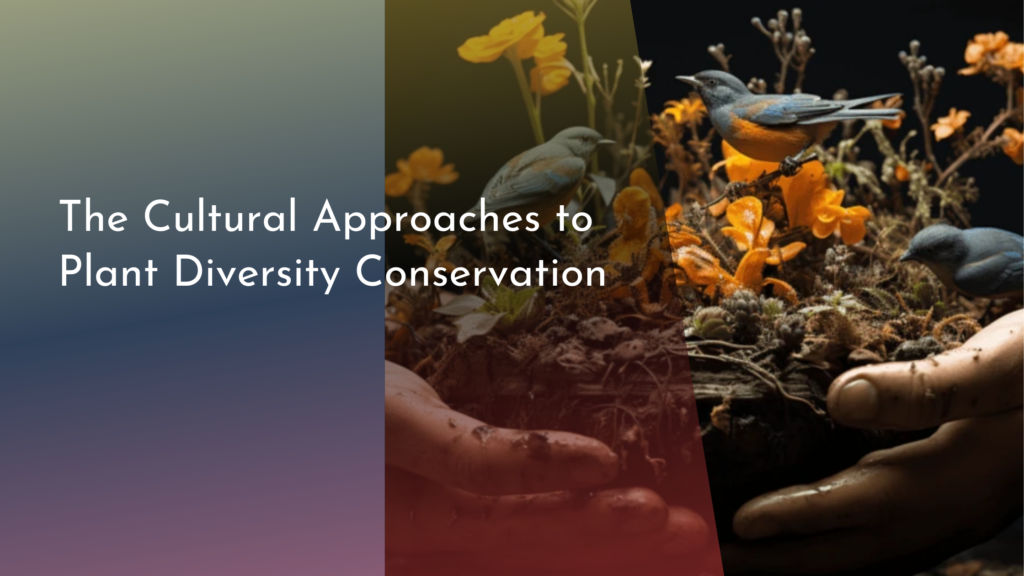Restoring Mangrove DNA Banks for Future Climate Crises
Mangroves are extraordinary ecosystems that serve as vital buffers against climate change and natural disasters. Found at the interface of land and sea, these unique trees thrive in salty coastal waters and provide a plethora of ecological benefits. However, with rising sea levels, increased storm intensity, and habitat destruction, mangroves are facing unprecedented threats. This article explores the importance of restoring mangrove DNA banks as a proactive measure to ensure the resilience of these coastal guardians in the face of future climate crises.
The Importance of Mangroves in Climate Resilience Efforts
Mangroves play a crucial role in mitigating the impacts of climate change. Their dense root systems stabilize coastlines, reducing erosion and protecting inland areas from storm surges. In addition, mangroves act as carbon sinks, sequestering large amounts of carbon dioxide from the atmosphere, which helps combat global warming. By providing habitat for diverse marine life, they also support fisheries and enhance biodiversity, making them essential for both environmental health and local economies.
Furthermore, mangroves serve as natural filters, improving water quality by trapping sediments and absorbing pollutants. Their ability to provide a nursery habitat for various fish species makes them indispensable for sustaining local fisheries, which many communities rely on for their livelihoods. By preserving and restoring mangrove ecosystems, we not only protect our coasts but also bolster food security and promote sustainable development in vulnerable regions.
Reviving Mangrove DNA Banks: A Bright Future Ahead
Mangrove DNA banks are repositories of genetic material that can be used to restore and enhance mangrove populations. These banks store seeds, pollen, and other genetic resources that are vital for the regeneration of mangrove forests. As climate change continues to threaten these ecosystems, reviving mangrove DNA banks presents a promising solution to ensure genetic diversity and resilience in the face of environmental changes. By preserving the genetic material of various mangrove species, we can better equip ourselves to restore degraded areas and adapt to shifting climatic conditions.
The revival of mangrove DNA banks also opens up exciting opportunities for scientific research and conservation. By understanding the genetic makeup of different mangrove species, researchers can identify traits that enhance survival and growth in changing environments. This knowledge can inform restoration efforts, enabling us to select the most suitable species for replanting and ensuring that future mangrove forests are robust and resilient. With renewed focus and investment in these genetic repositories, we can look forward to a brighter future for mangroves and the coastal ecosystems they support.
Steps to Restore and Preserve Mangrove Genetic Diversity
Restoring and preserving mangrove genetic diversity involves several key steps that require collaboration among scientists, conservationists, and local communities. First, conducting comprehensive surveys to identify existing mangrove populations and their genetic diversity is essential. This information helps prioritize areas for restoration and informs strategies for maintaining genetic health. Additionally, establishing partnerships with local communities can enhance conservation efforts, as indigenous knowledge often provides valuable insights into sustainable practices.
Second, creating and maintaining mangrove nurseries is crucial for the successful restoration of these ecosystems. These nurseries can cultivate a variety of mangrove species, ensuring that genetic diversity is preserved and that the right species are planted in suitable locations. Engaging local communities in nursery management and planting activities fosters a sense of ownership and commitment to the restoration process. By combining scientific research with community involvement, we can effectively restore mangrove ecosystems and safeguard their genetic diversity for generations to come.
How You Can Help Protect Our Coastal Ecosystems Today!
You don’t have to be a scientist to make a difference in protecting mangroves and coastal ecosystems! One of the simplest ways to contribute is by supporting local conservation organizations that focus on mangrove restoration. Many of these groups offer volunteer opportunities for planting mangrove seedlings, organizing clean-up events, and educating the public about the importance of these ecosystems. Your time and effort can have a significant impact on the health of coastal environments.
Additionally, you can advocate for policies that promote the protection and restoration of mangroves. Engaging with local government representatives and participating in community discussions can help raise awareness about the value of mangroves and the need for sustainable coastal management. By making informed choices in your daily life—such as reducing plastic use and supporting sustainable seafood—you can play a role in creating a healthier planet. Together, we can ensure that mangroves continue to thrive and protect our coastlines for future generations.
Restoring mangrove DNA banks and preserving the genetic diversity of these vital ecosystems is essential for building resilience against climate change. By understanding the importance of mangroves, supporting restoration efforts, and taking action in our communities, we can contribute to the health of coastal ecosystems. Let’s work together to protect these remarkable trees and the myriad of benefits they provide, ensuring a brighter, more sustainable future for our planet!

